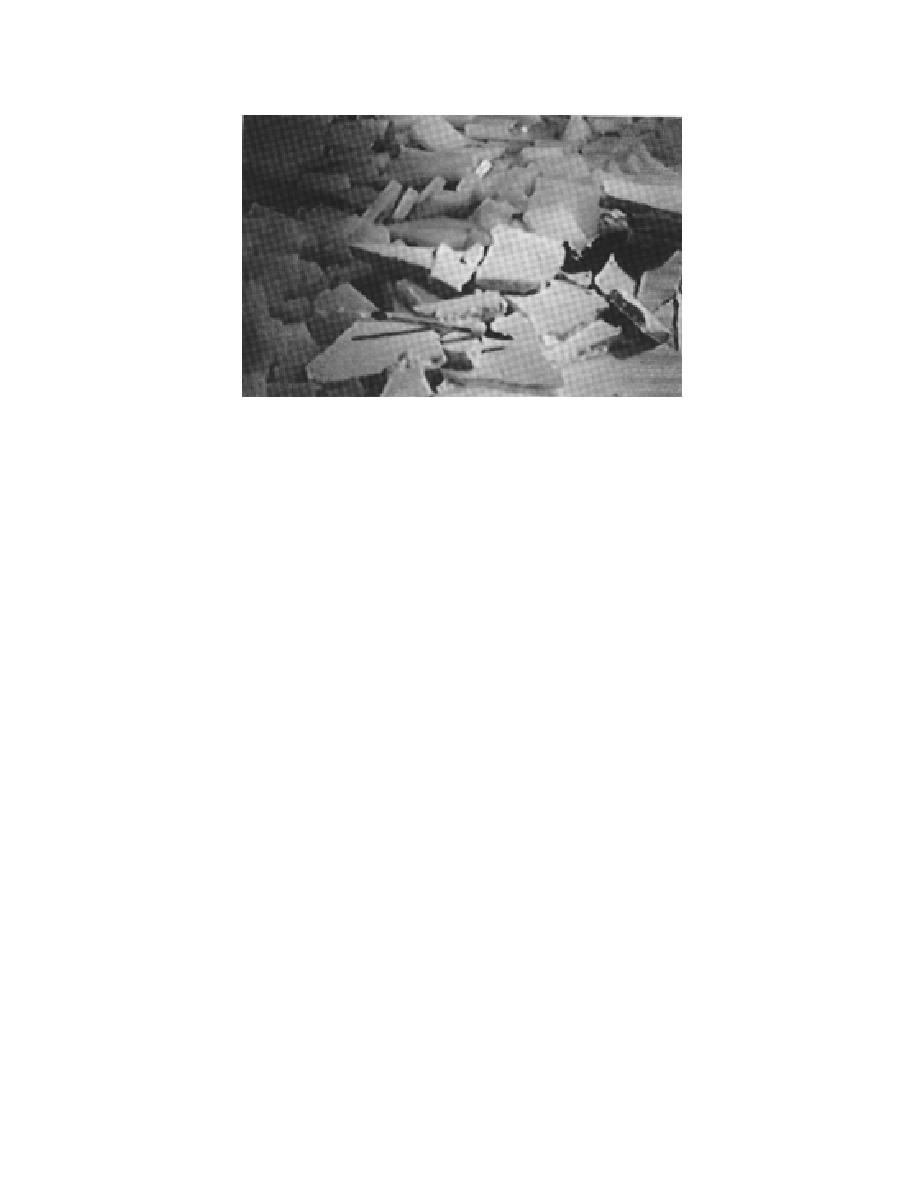
Figure 16. Video image of SYG-ICE (foreground) fractured by an ad-
vancing accumulation of plastic blocks (upper left background).
in diameter bonded with a lubricant grease. The
time is 1014 days, and the model ice must be re-
strength of this material was much less, with re-
moved carefully from the molds to avoid prema-
ture breakage. They report a flexural strength of 23
ported values of 10 to 30 kPa.
to 28 kPa and an E/σf of about 3900. Experiments
Cowley et al. (1977) describe a model ice materi-
conducted on the interaction of water surges and
al developed to look at the breakup of ice sheets
ice jams with intact covers of their model ice mate-
and accumulations due to ship passage in the St.
rial showed promising results.
Marys River. Polypropylene pellets, 2.5 mm in di-
ameter, placed in the model were sprayed with an
unidentified surface treatment compound. The re-
SENSITIVITY OF MODEL ICE PROPERTIES
sulting ice material reportedly gave very good
The material properties of many model ice ma-
qualitative results in terms of breaking, arching,
terials change with time, due to temperature
and piece size. Experiments to optimize the appli-
effects, handling procedures, degradation, and
cation rate of the binder by conducting a series of
other factors. Even the very stable materials (e.g.,
punch tests are cited, but no strength values are
plastic beads) can develop a bio-growth over time
given.
that may vary the surface tension or angle of inter-
Beltaos et al. (1990) report the development of
nal friction of the material. The plastic materials
SYG-ICE, a nonproprietary model ice material de-
could be abraded or fractured by continuous
veloped at the National Water Research Institute of
cycling through a pump, which would also
Canada to study the problem of river ice breakup.
change the bulk properties. The properties of
They developed this material to model a relatively
weak ice cover at a reasonable model scale (λL ≈ 30)
breakable ice materials are especially time- and
temperature-dependent. Temperature has a large
in a nonrefrigerated environment. In their opinion,
effect on the bending and shear strength of refrig-
flexural strength is the most important variable in-
erated materials. Ensuring uniformity of material
fluencing ice-cover breakup on a river. Modulus of
properties and comparison of results between
elasticity is also important, because it influences
tests can be difficult when using refrigerated
deformation and the size of ice pieces. They also
materials. While some of the nonrefrigerated syn-
considered it necessary to scale the fracture tough-
thetic materials extend the working period of ice
ness of ice in order to replicate ice-cover cracking.
sheets from hours to days, continued sampling
Although ice shears and crushes during cover
must be done to ascertain the change in material
breakup, the influences of shear strength and
properties with time.
crushing strength are considered minor and are
Uniformity of model ice properties is an impor-
therefore neglected. Beltaos and his colleagues fur-
nish a recipe for SYG-ICE (Fig. 16). It comprises a
tant modeling concern, especially for breakable ice
mixture of PVC resin, light exterior stucco, plaster
covers. Care must be taken in the cover formation
of Paris, glass microbubbles, and water. The curing
process to assure uniform freezing and thickness
16



 Previous Page
Previous Page
